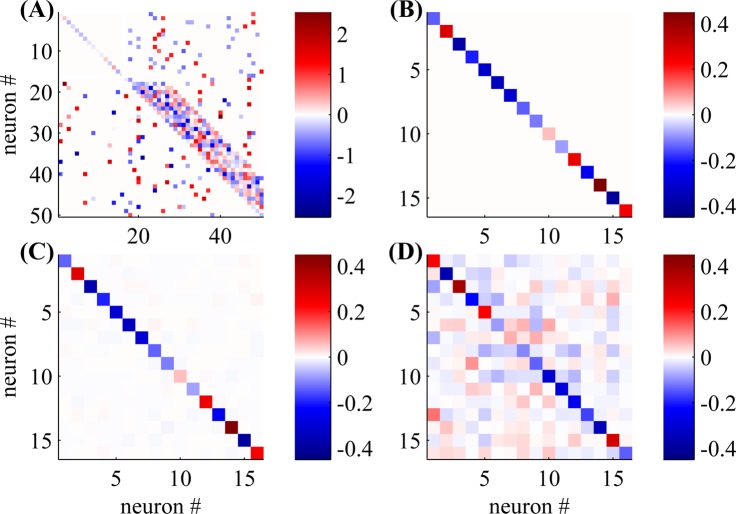Fig 2. Visualization of the persistence of the common input problem, despite a large amount of spiking data, and its suggested solution—the shotgun approach.
(A) The true connectivity—the weight matrix W of a network with N = 50 neurons. (B) A zoomed-in view of the top 16 neurons in A (upper left white rectangle in A). (C) The same zoomed-in view of the top 16 neurons in the ML estimate of the weight matrix W (Eq 25), where we used the shotgun (random blocks) observation scheme on the whole network, with a random observation probability of p obs = 16/50. (D) The ML estimator of the weight matrix W of the top 16 neurons if we observe only these neurons. Note the unobserved neurons cause false positives in connectivity estimation. These “spurious connections” do not vanish even when we have a large amount of spike data. In contrast, the shotgun approach (C), does not have these persistent errors, since it spreads the same number of observations evenly over the network. T = 5⋅108, b i ∼ 𝓝(−0.5, 0.1).

